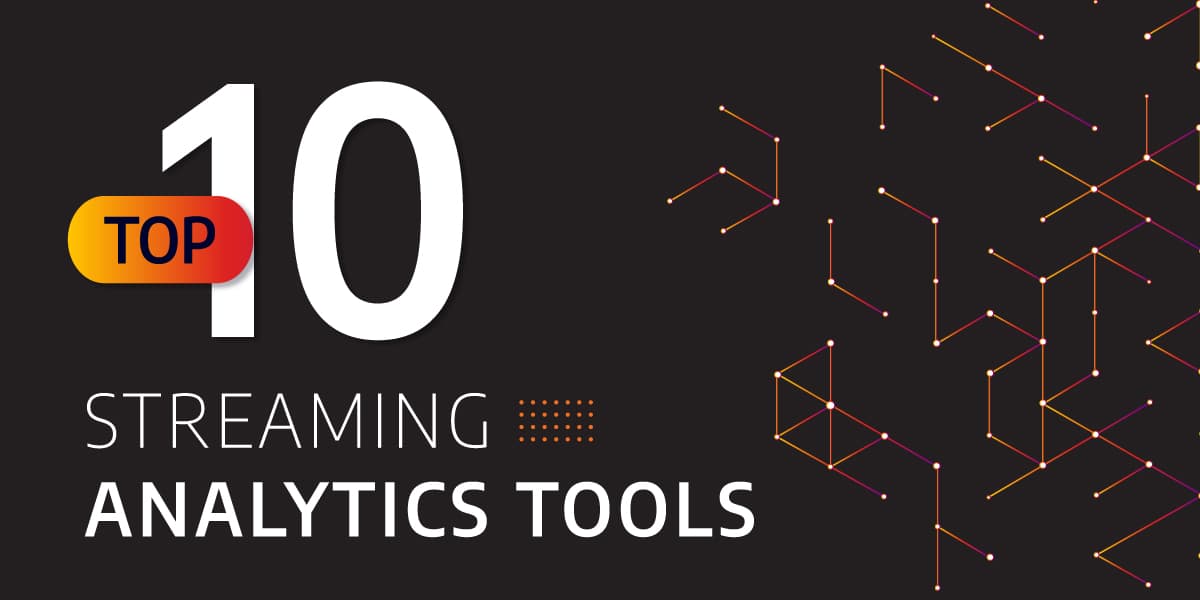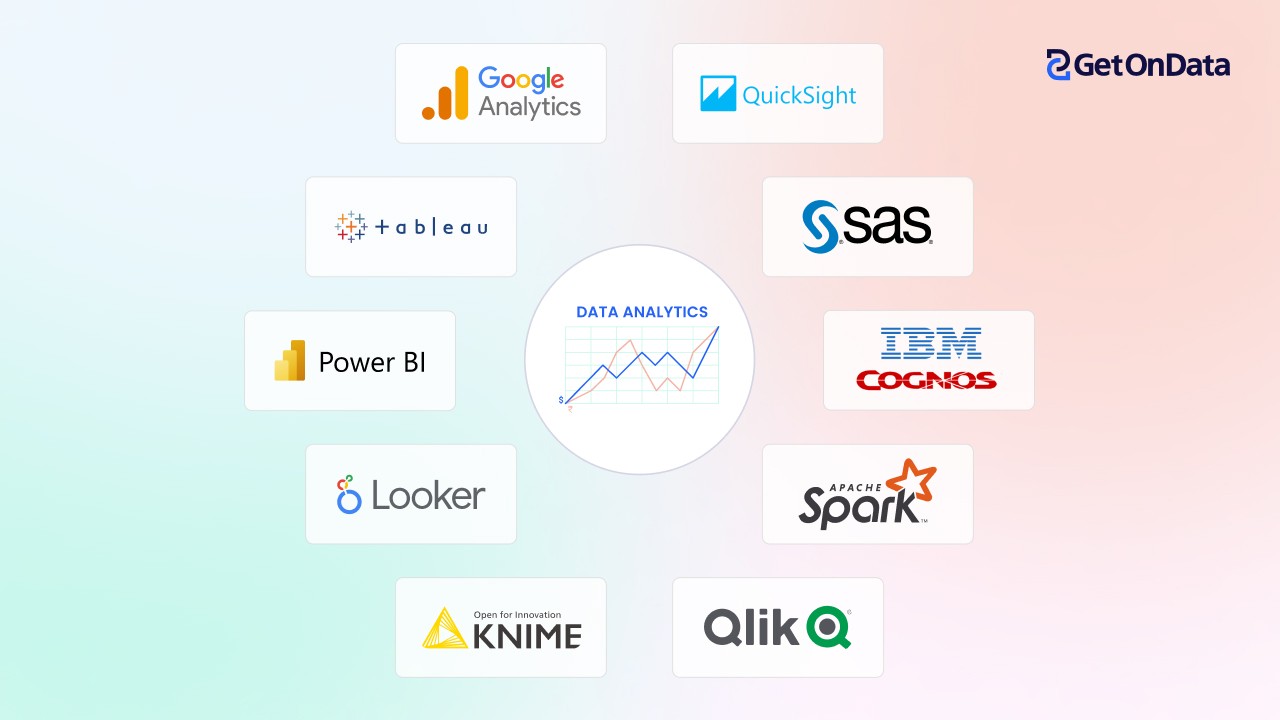Leverage Predictive Analytics for Future-Ready Decisions
Leverage Predictive Analytics for Future-Ready Decisions
Blog Article
Boost Effectiveness and Productivity Via Information Analytics
In today's data-driven landscape, companies are progressively acknowledging the essential duty of information analytics in enhancing functional efficiency and earnings. By systematically analyzing information, organizations can reveal critical insights that educate tactical choices, streamline processes, and dressmaker customer experiences.
Comprehending Information Analytics
In today's data-driven landscape, understanding data analytics is crucial for organizations intending to boost functional efficiency and drive productivity. Data analytics includes the methodical computational evaluation of data sets to discover patterns, relationships, and understandings that educate decision-making. By employing various strategies, such as analytical evaluation, maker understanding, and anticipating modeling, companies can change raw information right into workable knowledge.
The procedure typically begins with data collection, where appropriate info is collected from several resources, consisting of transactional data sources, consumer communications, and market fads. This information is after that cleansed and arranged to make certain accuracy and uniformity. As soon as the information is prepared, logical devices and software are utilized to picture the info and check out, allowing stakeholders to recognize anomalies and trends.
Eventually, comprehending information analytics equips organizations to make informed choices based upon empirical evidence rather than instinct. It assists in targeted methods that can maximize source allotment, enhance customer complete satisfaction, and enhance total performance. As services progressively acknowledge the worth of data-driven understandings, a solid grasp of information analytics ends up being an important proficiency for leaders and teams alike, positioning them for sustained success in an affordable environment.
Trick Benefits for Organizations
Services that leverage information analytics can unlock a wide variety of advantages that dramatically improve their procedures and success. Among the primary advantages is improved decision-making. Data analytics gives actionable understandings stemmed from real-time data, permitting services to make enlightened choices that line up with market needs and consumer preferences.

Furthermore, information analytics promotes improved client experiences. By recognizing consumer actions and choices, organizations can customize their offerings, bring about raised satisfaction and loyalty. This customized method typically leads to higher conversion rates and repeat company.
Additionally, data analytics enables businesses to identify arising chances and patterns. By staying in advance of the contour, companies can maximize brand-new markets and advancements before their competitors.
Carrying Out Data-Driven Approaches
Effective application of data-driven approaches calls for an extensive understanding of both organizational goals and readily available data resources. Organizations must initially define their purposes clearly, guaranteeing alignment in between data initiatives and critical objectives. This clarity makes it possible for teams to concentrate on appropriate metrics and understandings that drive decision-making.
Following, companies need to examine their existing data framework. This involves straight from the source reviewing data top quality, availability, and integration capacities. Premium data is necessary for accurate analysis, as inadequate data can bring about misguided approaches and squandered sources. Organizations must develop procedures for data collection, cleansing, and monitoring to maintain data honesty.
Additionally, cultivating a data-driven culture is important. Staff members at all levels must be urged to utilize data in their daily operations. Training workshops and programs can boost information proficiency, encouraging staff to make educated decisions based on analytical insights.
Tools and Technologies Introduction
A durable collection of devices and modern technologies is essential for organizations aiming to harness the full potential of data analytics. These tools facilitate the collection, processing, and visualization of data, enabling businesses to derive workable insights.
At the foundational level, information administration platforms such as SQL data sources and NoSQL systems give reliable information storage space and access abilities. For data processing and evaluation, shows languages like Python and R, along with frameworks such as Apache Spark, enable intricate computations and equipment learning applications.
Visualization tools, including Tableau and Power BI, change raw information right into instinctive visual formats, making insights available to stakeholders in any way degrees. Furthermore, cloud-based systems like Google Cloud and AWS provide scalable storage and processing solutions, fitting the expanding volumes of data organizations encounter.
For advanced analytics, predictive modeling and AI-driven solutions are significantly taken on, allowing companies to anticipate fads and improve decision-making processes. Incorporating these devices into existing process is paramount; organizations that efficiently utilize this innovation can significantly improve functional efficiency and drive success. Therefore, investing in the right devices and modern technologies is a calculated imperative for any data-driven company.
Study of Success
Leveraging data analytics has led numerous companies to accomplish amazing renovations in effectiveness and productivity. One remarkable situation is a big retail chain that executed anticipating analytics to maximize stock monitoring. By evaluating historic sales data and consumer patterns, the company lowered excess supply by 30%, leading to significant expense savings and review boosted money circulation.
One more example can be found in the manufacturing industry, where a leading automotive manufacturer made use of data analytics to improve its production procedures. By checking device efficiency in real-time, the organization determined traffic jams and inefficiencies, resulting in a 20% rise in total equipment efficiency (OEE) This not just increased production prices however likewise decreased downtime and maintenance costs.

These case studies highlight exactly how information analytics can drive critical decision-making, enhance procedures, and ultimately boost both effectiveness and earnings throughout different sectors.
Conclusion
To conclude, the assimilation of information analytics into service procedures provides significant chances for improving performance and productivity. By systematically assessing data, companies can determine inadequacies, optimize customer experiences, and make informed choices. The fostering of anticipating modeling and real-time surveillance even more enables businesses to stay in advance of arising fads and designate sources effectively. Eventually, the tactical execution of data-driven methodologies cultivates sustained competitive benefits and drives substantial enhancements in functional efficiency and financial results.
In today's data-driven landscape, understanding information analytics is vital for companies intending to enhance operational performance and drive earnings. Information analytics includes the systematic computational analysis of information collections to reveal patterns, connections, and understandings that inform decision-making. Data analytics offers workable understandings acquired from real-time data, enabling companies to make educated selections that line up with market demands and customer preferences.
High-quality information is vital for exact analysis, as bad data can lead to misdirected methods and lost resources. Organizations needs to develop procedures for information collection, cleaning, and administration to preserve data stability.
Report this page